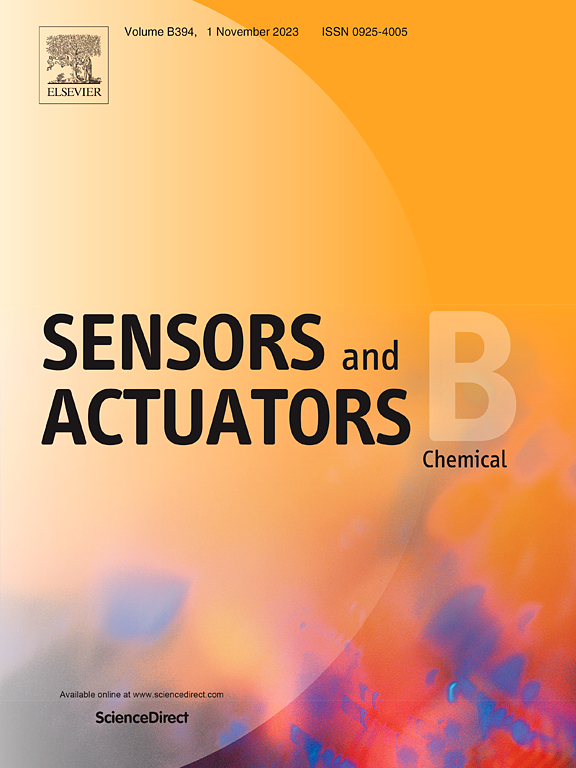基于多元回归分析的新型探针设计策略:高效重水探测的新计算方法和实验验证
IF 3.7
1区 化学
Q1 CHEMISTRY, ANALYTICAL
引用次数: 0
摘要
重水(D2O)在核裂变调节、代谢流追踪、氘化药物合成等多个领域发挥着重要作用。由于D2O易受H2O污染,因此精确检测D2O纯度至关重要。本研究探索了利用静电势(ESP)、键能(BE)和拉普拉斯键序(LBO)来预测用于D2O检测的光学探针性能的新计算策略。通过多元回归分析,建立了定量评价公式,并利用改良香豆素探针进行了实验验证。4-MU-CN和2OH-CN等探针在紫外可见光谱和荧光光谱中具有良好的检测能力,具有高线性度和低检出限(LOD)。通过核磁共振和密度泛函理论(DFT)进一步阐明了分子性质,确认了D2O识别的机制,并强调了分子内电荷转移(ICT)在提高探针灵敏度方面的作用。此外,研究还探讨了计算方法对不同探针结构的适用性,筛选了具有良好检测性能的氨基光学探针AMC-CN-Ac。这些发现强调了计算工具在优化探针设计以精确检测D2O方面的有效性。本文章由计算机程序翻译,如有差异,请以英文原文为准。

A novel probe design strategy based on multiple regression analysis: Emerging computational methods and experimental validation for efficient heavy water detection
Heavy water (D2O) plays a vital role in various fields, including nuclear fission moderation, metabolic flow tracing, and deuterated drug synthesis. Precise detection of D2O purity is essential due to its susceptibility to H2O contamination. This study explores novel computational strategies utilizing Electrostatic potential (ESP), Bonding energy (BE), and Laplacian bond order (LBO) to predict the performance of optical probes designed for D2O detection. Through multiple regression analysis, a quantitative evaluation formula was developed and validated experimentally using modified coumarin-based probes. Probes such as 4-MU-CN and 2OH-CN demonstrated superior detection capabilities in UV-Vis and fluorescence spectroscopy, exhibiting high linearity and low limits of detection (LOD). Molecular properties were further elucidated via NMR and density functional theory (DFT), confirming the mechanism of D2O recognition and highlighting the role of intramolecular charge transfer (ICT) in enhancing probe sensitivity. Additionally, the study explores the applicability of the computational approach to different probe structures, screening of an amino-based optical probe AMC-CN-Ac with good detection properties. These findings underscore the efficacy of computational tools in optimizing probe design for precise D2O detection.
求助全文
通过发布文献求助,成功后即可免费获取论文全文。
去求助
来源期刊

Sensors and Actuators B: Chemical
工程技术-电化学
CiteScore
14.60
自引率
11.90%
发文量
1776
审稿时长
3.2 months
期刊介绍:
Sensors & Actuators, B: Chemical is an international journal focused on the research and development of chemical transducers. It covers chemical sensors and biosensors, chemical actuators, and analytical microsystems. The journal is interdisciplinary, aiming to publish original works showcasing substantial advancements beyond the current state of the art in these fields, with practical applicability to solving meaningful analytical problems. Review articles are accepted by invitation from an Editor of the journal.
 求助内容:
求助内容: 应助结果提醒方式:
应助结果提醒方式:


